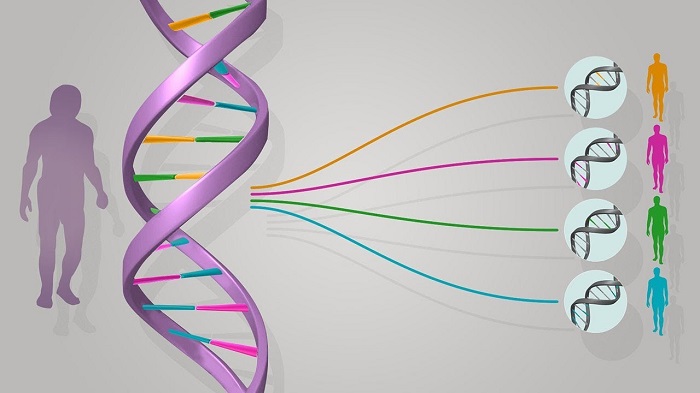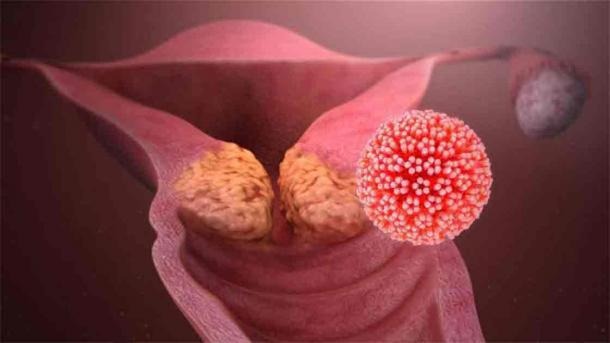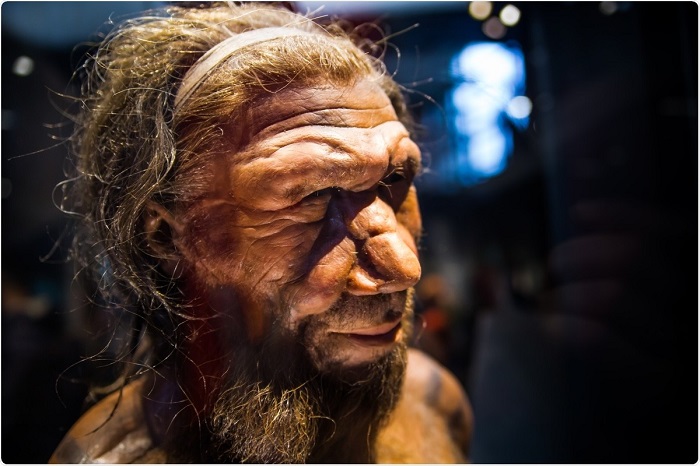Analysis of Neanderthal skeleton remains from 50,000 years ago found 2 years ago in Russia’s Chagyrskaya cave has revealed fascinating genetic data. Genetic material from three prevalent viruses affecting humans today was discovered – adenovirus (causing cold symptoms), herpesvirus (associated with cold sores), and papillomavirus (known for genital warts and cancer).

These discoveries mark the oldest human viruses ever found, surpassing a 31,000-year-old virus identified in Homo sapiens teeth from north-east Siberia. The research was conducted by Marcelo Briones and his team at the Federal University of São Paulo. They’ve published this groundbreaking research in the latest edition of bioRxiv magazine.
Top Ten Myths about Neanderthals Neanderthal Child Development Was Faster than Humans, Study Reveals
‘Jurassic Park Like Viruses’: Disease Caused Neanderthal Decline?
Briones emphasizes that comparing the ancient viral genetic sequences with modern counterparts has ruled out the possibility of contamination from contemporary humans or predators that may have interacted with the remains. This opens the door to potential synthesis and laboratory testing of these ancient viruses in modern human cells.

“These Jurassic Park-like viruses could then be studied for their reproductive and pathogenic traits and compared to present-day counterparts,” Briones, the study’s lead author told NewScientist.
First Known Neanderthal Family Identified with Ancient DNA from Russian Cave Neanderthal DNA Recovered from Cave Dirt Using Breakthrough Technology
The extinction of our close evolutionary relatives, the Neanderthals, remains a compelling enough mystery in anthropology. While factors such as climate change and increased competition from Homo sapiens are often cited, one significant aspect often overlooked is the role of disease.
In this most recent discovery, the presence of viruses like adenoviruses, herpesviruses, and papillomaviruses suggests that Neanderthals likely faced similar health challenges to modern humans. Adenoviruses, for example, can cause ailments like the common cold and gastroenteritis, while herpesviruses are associated with conditions like mononucleosis and multiple sclerosis. Additionally, papillomaviruses are known for their connection to cervical cancer.

Human Papillomavirus (HPV) is the most common virus that infects the reproductive tract and cervical cancer is by far the most common disease caused by it. (www.scientificanimations.com / CC BY-SA 4.0)
This finding raises the possibility that Neanderthals may have been particularly vulnerable to these viruses.
However, concerns about contamination in paleogenetics are valid. In this study, researchers took precautions to ensure the reliability of their findings, comparing ancient viral sequences with modern ones to rule out contamination. The absence of matches between ancient and recent viral strains strengthens the confidence in the authenticity of the discovered viruses in Neanderthal remains.
Exchange of Pathogens: Between Homo Sapiens and Neanderthals

Given the close genetic relationship between Homo sapiens and Neanderthals, evidenced by the interbreeding that resulted in approximately 2% of the DNA in individuals of European or Asian descent being of Neanderthal origin, it’s plausible to consider the exchange of pathogens, including viruses, between these two human species, reports ZME Science.
It’s reasonable to speculate that encounters between Homo sapiens and Neanderthals could have facilitated the transmission of diseases. This hypothesis gains support from the ease with which humans can transmit diseases to chimpanzees, our closest living relatives.
Therefore, it’s conceivable that interactions between Homo sapiens and Neanderthals involved the exchange of various pathogens, potentially including viruses, contributing to the complex dynamics of health and disease in prehistoric human populations.
The passing of human papillomavirus from Neanderthals to Homo sapiens was also found likely in a 2021 study published in PLOS Pathogens.

Neanderthal and modern human interaction likely facilitated the passing on of viruses. (AkuAku/Adobe Stock)
Flawed Outlook: Hanging on to the Evidence
Since the study of ancient viruses remains a nascent field requiring further exploration, the current methods used to authenticate ancient DNA results from humans may not directly apply to viruses due to their inherently shorter DNA strands.
Briones has expressed skepticism about the feasibility and objective of reviving the ancient viruses. She notes the challenges involved, including the incomplete understanding of how the viruses’ DNA is damaged and the reconstruction of fragmented pieces into a complete viral genome. She also concluded by emphasizing the importance of considering host-virus interactions, particularly in a markedly different environment.
It would be fair to say that the findings were expected, considering that modern humans typically experience around 10 diseases throughout their lifetimes, implying a likelihood of viral infections among these ancient ancestors. Among the group of nine individuals studied, genetic analyses revealed familial relationships, with two identified as a daughter and her father, and the father being linked to two other men, potentially sharing a common grandmother.
The group, spanning various age ranges from children to adults, is believed to have perished simultaneously, although the cause of their demise remains unknown, as there are no signs of burial. These recent discoveries are anticipated to provide further insights into the factors contributing to the extinction of Neanderthals approximately 40,000 years ago.

